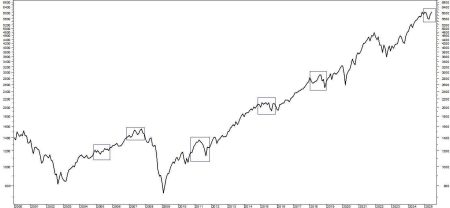The desire to age in place, remaining in one’s home for as long as possible, is a common aspiration. This stems from a sense of familiarity, comfort, and independence, often coupled with negative perceptions of nursing homes and assisted living facilities. However, the landscape of senior living is evolving, with a surge in age-50-plus communities and a shift in the image of retirement homes. These newer establishments, often termed “communities of healthy living,” offer a range of amenities, including health clubs, dining options, and social spaces, catering to a more active and engaged demographic. This shift challenges the traditional notion of senior living and presents a viable alternative to aging in place, particularly for those seeking connection and an enriching social environment.
Loneliness poses a significant challenge for many as they age, particularly with the loss of friends, mobility restrictions, and decreased social interaction. Traditional home environments can exacerbate this isolation. Conversely, purpose-built communities provide an inherent social structure, facilitating connections and mitigating feelings of loneliness. The shared experiences, activities, and communal living arrangements foster a sense of belonging and create opportunities for interaction, contributing to a more vibrant and fulfilling lifestyle for seniors. This social aspect becomes increasingly crucial as we age, playing a vital role in overall well-being and quality of life.
Popular culture often reflects societal shifts and attitudes, offering insights into evolving perspectives on aging. The Netflix series “Man on the Inside,” starring Ted Danson, provides a glimpse into the dynamics of retirement community life. The show follows a retired professor who goes undercover in a retirement home, uncovering various aspects of senior living, including the challenges of communication with adult children, the prevalence of loneliness, the navigation of life transitions, the complexities of forming new friendships, and the pursuit of romantic relationships. This fictional portrayal sparks conversations about aging, prompting reflection on the advantages and disadvantages of different living arrangements and the importance of planning for the future.
“Man on the Inside” highlights several key themes relevant to the aging process. It underscores the difficulties adult children face when communicating with their aging parents about sensitive topics like life changes and future care. The series also emphasizes the pervasive issue of loneliness among seniors and the potential for retirement communities to provide a sense of belonging. Through its diverse characters, the show portrays a range of experiences, showcasing individuals navigating various life transitions with varying degrees of success. The formation of new friendships, the emergence of cliques and rivalries, and the pursuit of romantic interests further illustrate the complexities of social dynamics within a retirement community setting.
Personal experiences often shape perspectives on aging and the choices we make regarding living arrangements. Observing parents or loved ones in retirement communities provides firsthand insights into the realities of senior living. Witnessing their participation in social activities, their interactions with fellow residents, and their adaptation to a new environment can inform our own decisions about the future. These experiences also shed light on the importance of considering amenities and services when choosing a retirement community, emphasizing the need to ensure that residents can fully utilize the available resources. Planning ahead and considering future needs becomes crucial, especially given the potential for mobility limitations and the importance of maintaining an active lifestyle.
The decision of whether to age in place or transition to a senior living community is a personal one, influenced by various factors. Practical considerations, such as the burden of maintaining a home and the potential for accumulating unwanted possessions, can weigh heavily on this decision. The prospect of downsizing and simplifying one’s life can be appealing, especially as we age and our priorities shift. Additionally, the opportunity to join a community, form new relationships, and engage in enriching activities can provide a sense of purpose and fulfillment. The key is to remain open-minded, explore different options, and plan proactively for the future, ensuring that our living arrangements align with our evolving needs and desires. Ultimately, the goal is to maintain control and agency over how we live our lives, regardless of age or circumstance.










